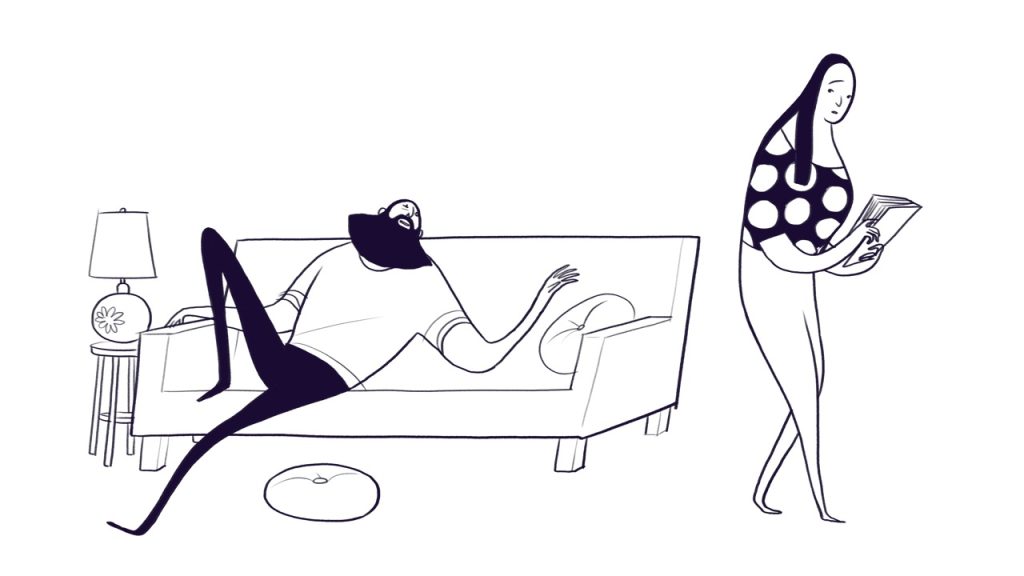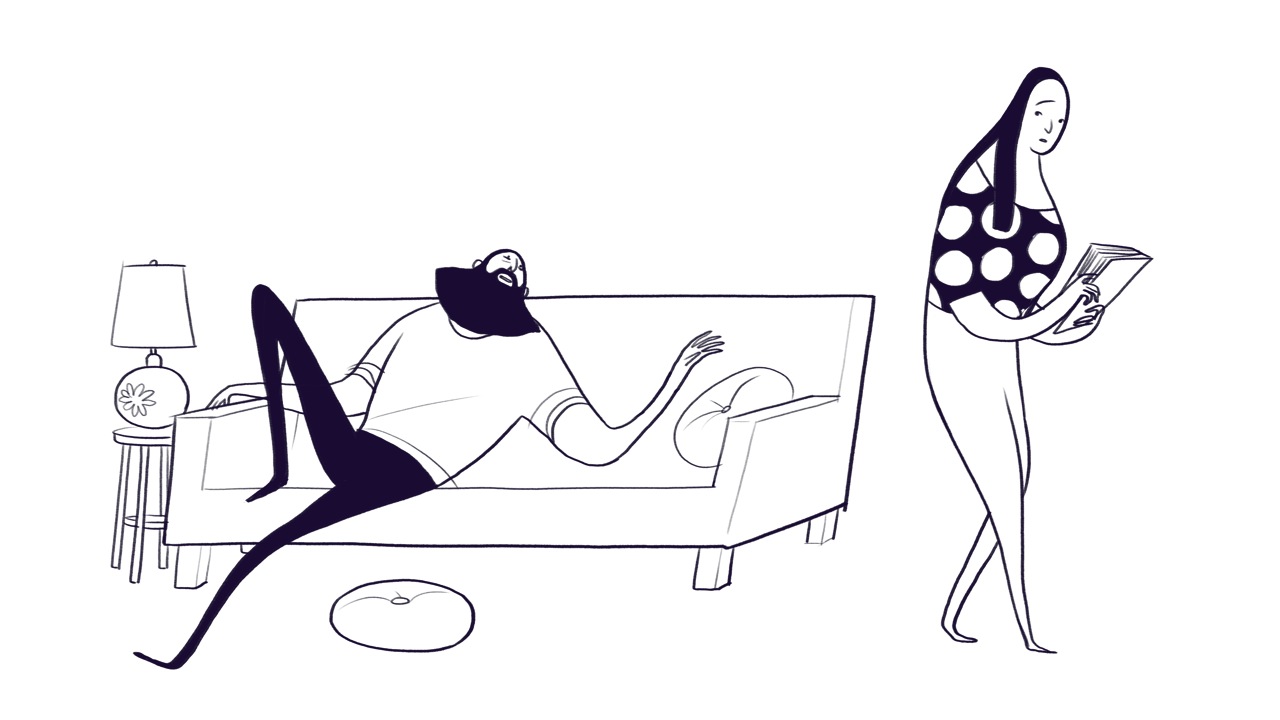You Are a Reward


What would a reward look like?
Your loved one just got home from work and poured his first drink of the evening. Or your loved one just emerged from a long sleep in her room and you can tell she’s still withdrawing. Or your loved one is getting all dolled up to go out drinking with friends.
You, yourself, might be grumbling. You might be accusing, guilting or complaining. Or trying desperately to prevent them from going out. You might be brooding in a cold silence. This might be hard to believe, but your presence and your conversation, however negative, are something your loved one counts on, and expects from you. The pattern(s) that you’ve established together are something stable and dependable for them. While your presence may be a trigger for your loved one, it is also a reward.
Say it again, I’m a reward?
This is so counter-intuitive, and so essential to succeeding with the CRAFT approach, that I’ll say it again: staying in the room is giving your loved one the gift of your presence.
Allies in Recovery’s program places great emphasis on disengaging, and removing rewards when your loved one is using (is about to use, or is in active withdrawal). Modules 5 & 6 from this program teach you what to do when your loved one is not using, and what to do when they are using. The Key Observation Exercises, also part of the Allies in Recovery program, can help you get clear about how to tell when they are using, as well as help you brainstorm about what is rewarding to your loved one. (Our eLearning program, containing video modules and key observations worksheets, is available 24/7 to members. Learn about joining here.)
The key question you will need to ask yourself and find an answer to, dozens of times a day perhaps, is: “Is she using right now, or is she not?” Your strategy will depend on the answer. They’re using = you disengage. You remove rewards. They’re not using = you engage. You reward.
How exactly do you define “use”?
Don’t forget the “definition of use” that will help you determine the answer. USE could be any one of these three stages:
- the period when they’re about to use, or looking for their drug,
- actually drugging or drinking,
- the period just after use when they’re hung over or in withdrawal
Even if you think your attitude is appropriately punishing to them somehow, walk away.
If you have been missing them and this is the first opportunity you’ve had in days to connect, walk away.
Even if you would really like to bring up your concerns, because technically he’s still sober, walk away.
If this sounds really hard, it may be.
Like this Mom did: PERSEVERE, even when it feels so difficult
We worked with a Mom whose 20-year-old son Simon* was addicted to pot and regularly used club drugs. Their relationship was already quite tense… since her divorce, she had watched her son becoming more and more distant and unhappy. She carried around large amounts of guilt about the divorce, and her professional life having taken her away from her family.
Once she began implementing Allies in Recovery’s CRAFT Methodology with her son she was then able to tell when he was high. She had stopped herself a few times from using sarcasm and humor as a way to give him a dig and was beginning to notice results.
One day she was faced with one of the hardest choices of her life: Simon came and sat down next to her on the porch. This simply never happened — usually he avoided her like the plague. He had been so emotionally detached for so long. And now he wanted to talk. He was in a good mood, he even asked about her. Mom couldn’t detect even a smidgeon of tension. But Simon was high.
Mom took a moment to remind herself: “Simon is using. And my presence and my conversation are a reward to him.” As desperately as every part of her wanted to stay on that porch, wanted to connect with her son for once, wanted to feel the warmth of the human connection between them, she remembered her over-arching goal: getting Simon into treatment. Not rewarding this moment of use was important, perhaps even critical. Mom said, “you know, something feels wrong, I’m going back to the laundry,” stood up, and walked away.
Your daily work applying the CRAFT principles will bear fruit
Not surprisingly, this seemingly small act of leaving her son alone on the porch, was a turning point for him. Mom noticed a shift, almost instantly. Simon was so rocked by his mother being the one to walk away for once. He had been seeking that human connection too, and had come knocking where he thought he was guaranteed to get that. He knew about her guilt, he had used it to manipulate her. Never had he imagined his mom could turn him away when he was in search of warmth.
Something in Simon was paying attention now. He actually stayed home that evening, though he was supposed to go to a party. The next morning he was sober, so she cheerfully offered to make him pancakes, one of his favorite breakfasts. Simon had not used since 4 PM the day before, a small record and a small change in the action that signaled Mom may no longer be in my pocket.
What we are asking of you is far from a simple fix, but these methods are proven to work. We are with you all along the way.
* name has been changed
A membership at Allies in Recovery brings you into contact with experts in the fields of recovery and treatment for drug and alcohol issues. Our learning platform introduces you to CRAFT and guides you through the best techniques for unblocking the situation. Together we will move your loved one towards recovery. Learn more here.
